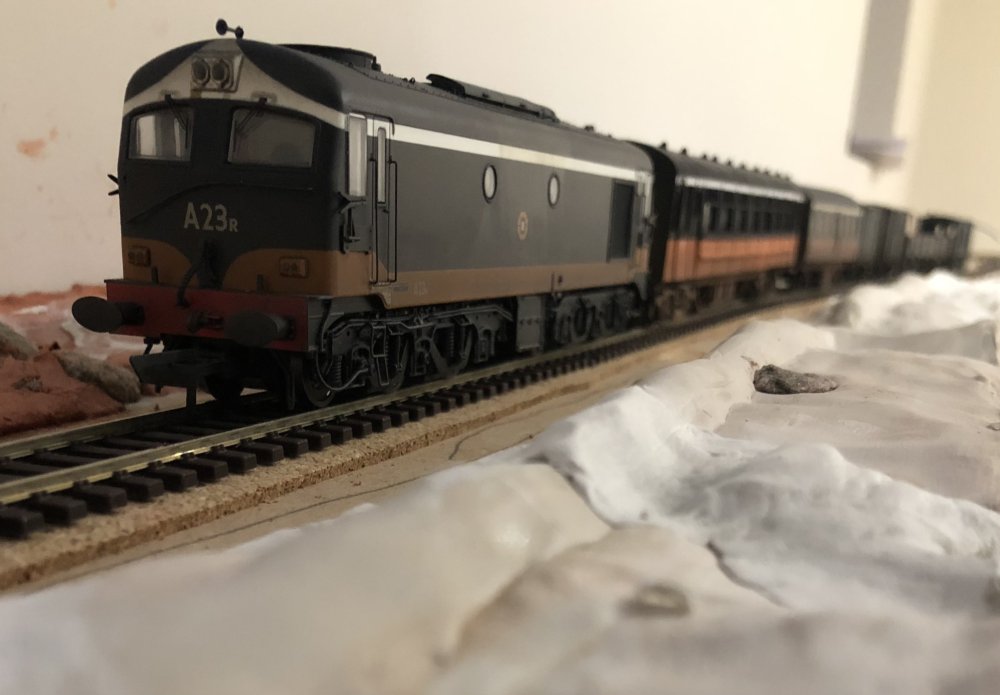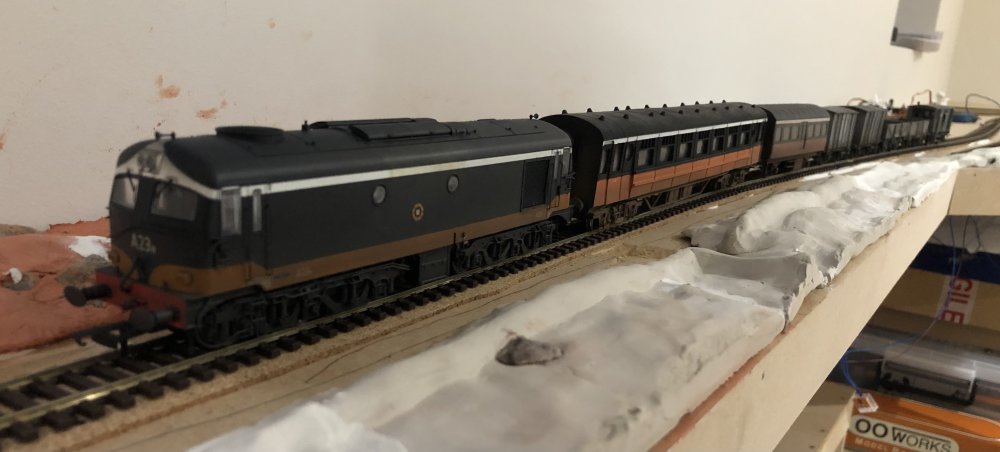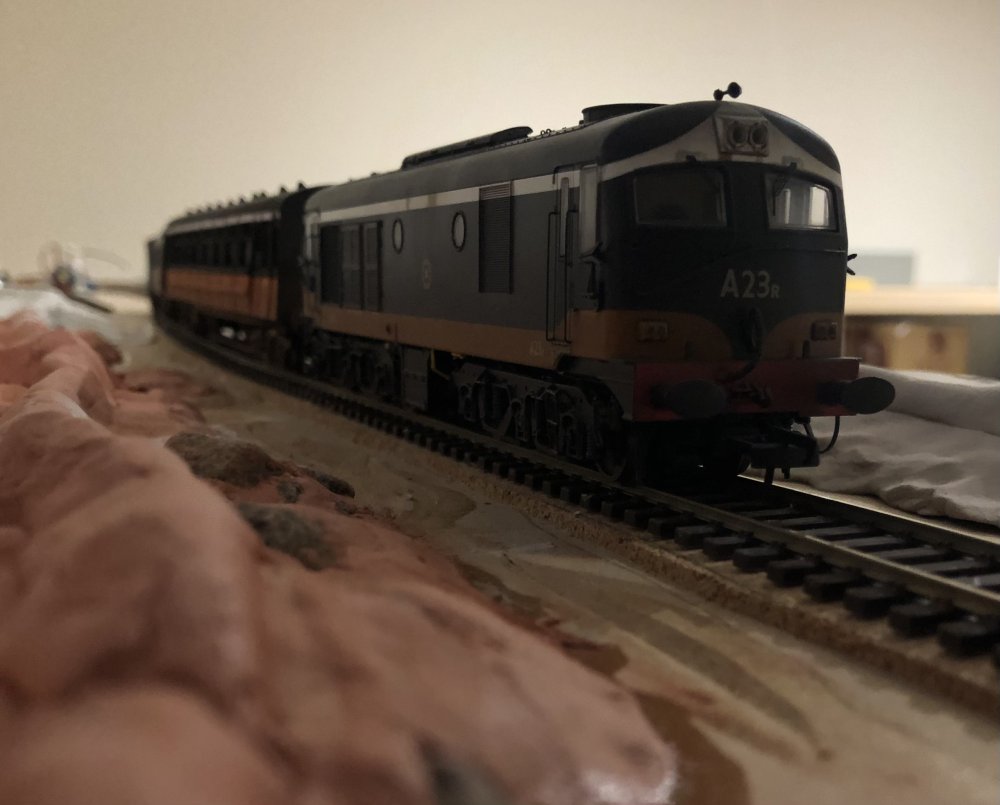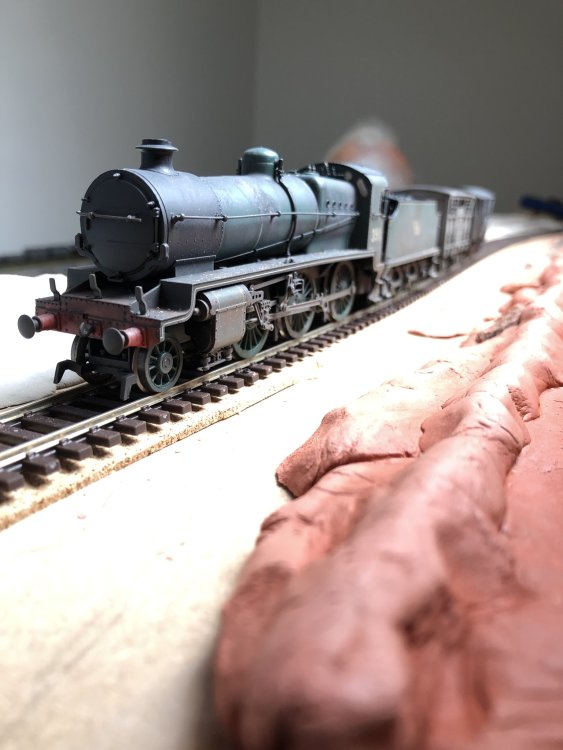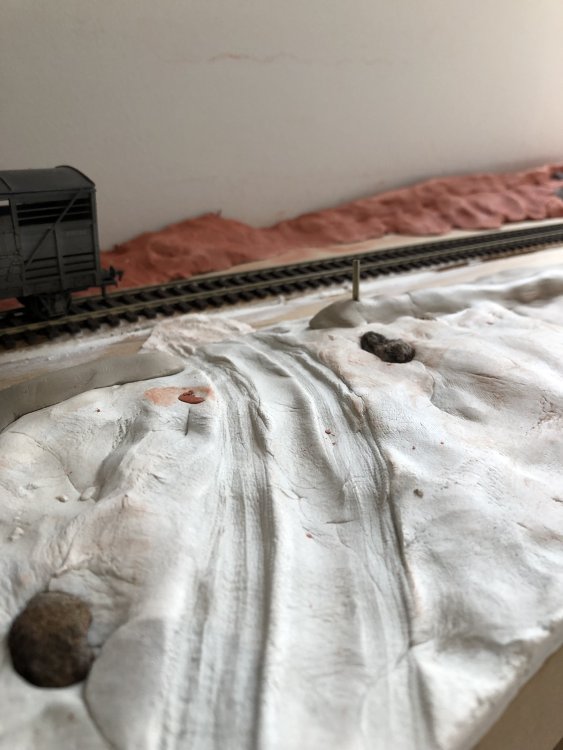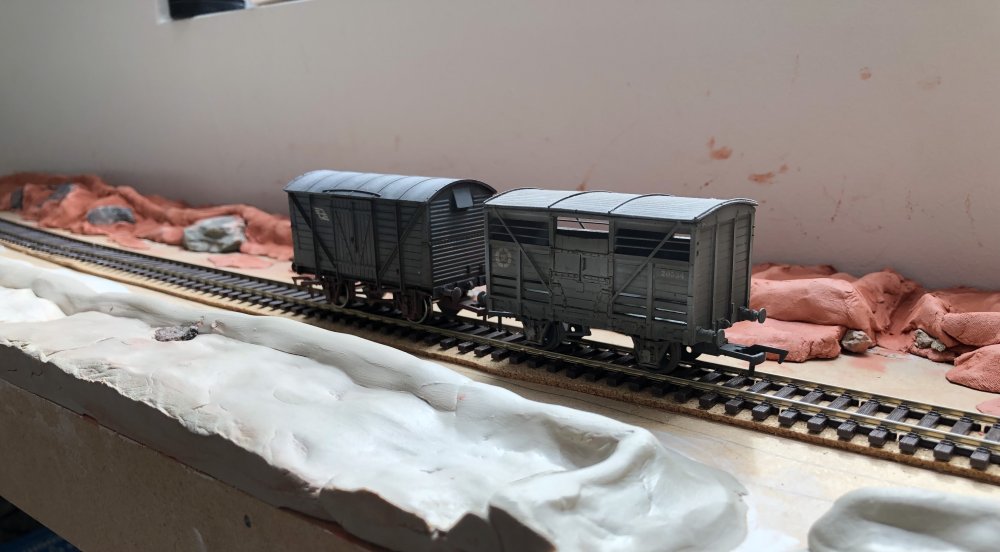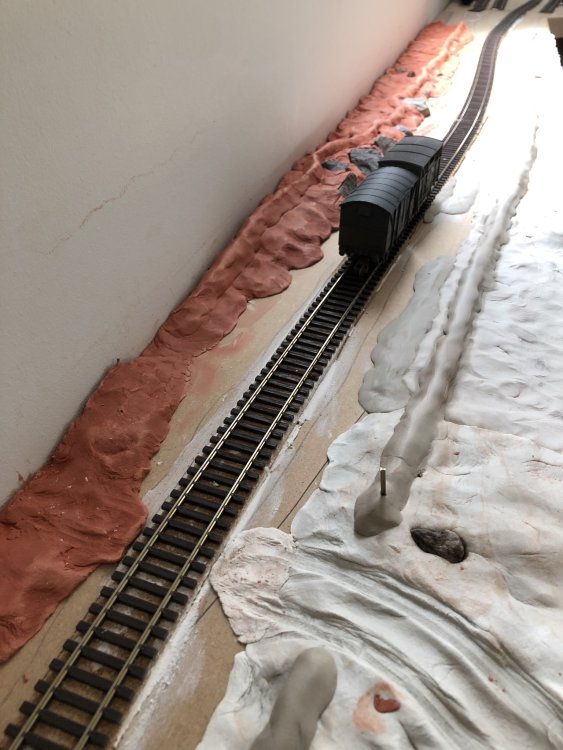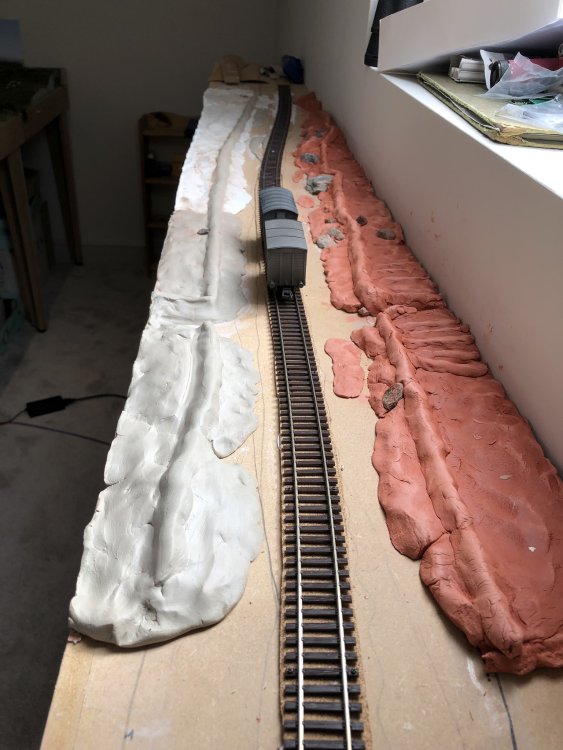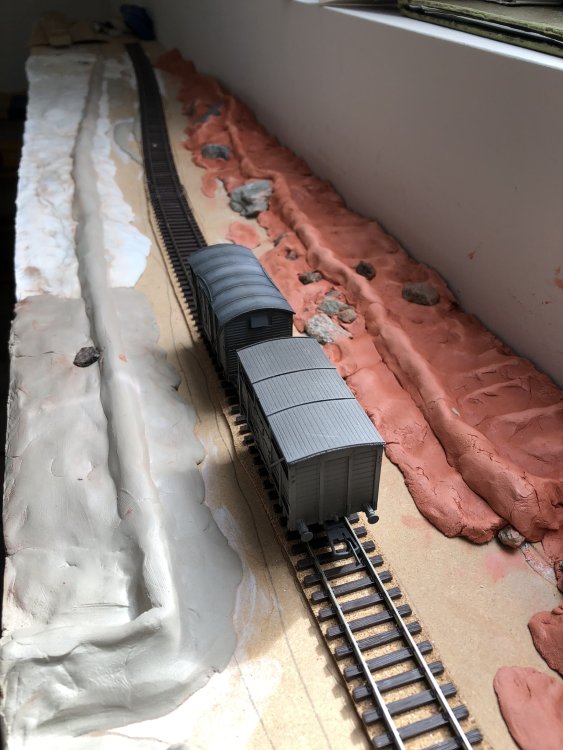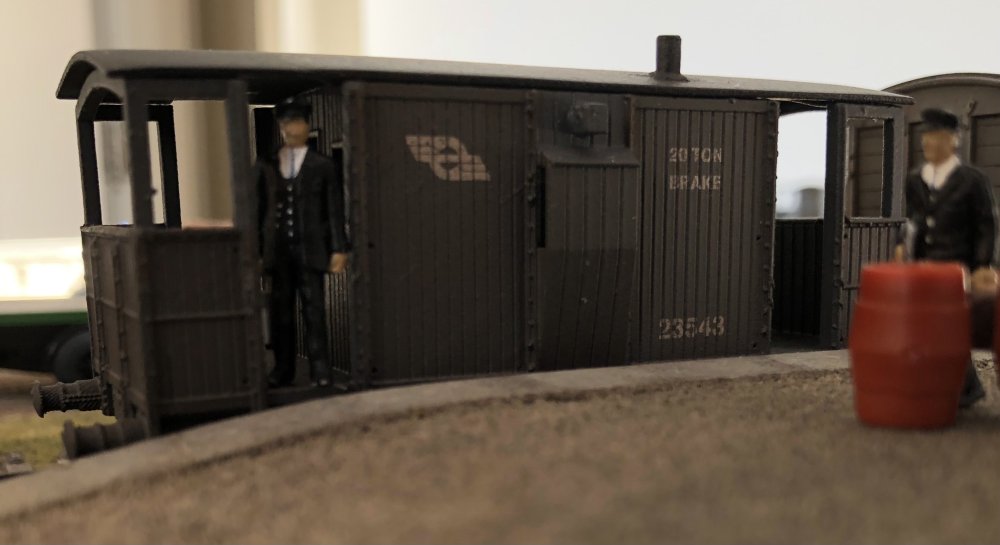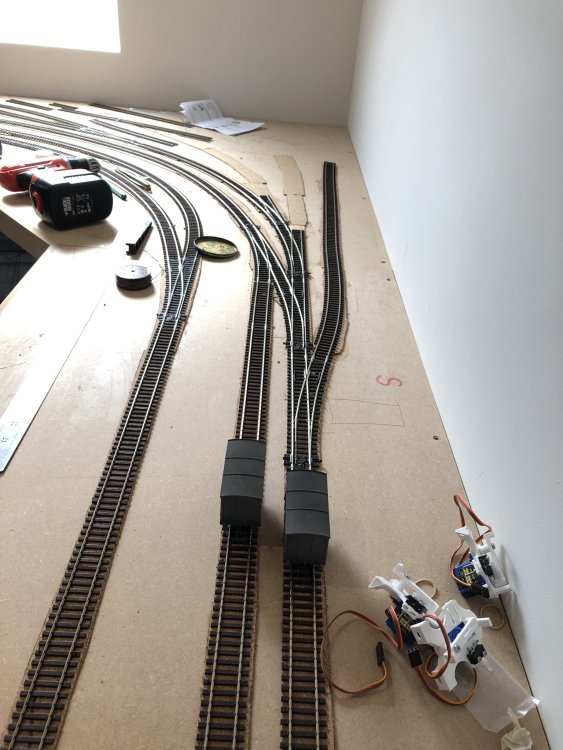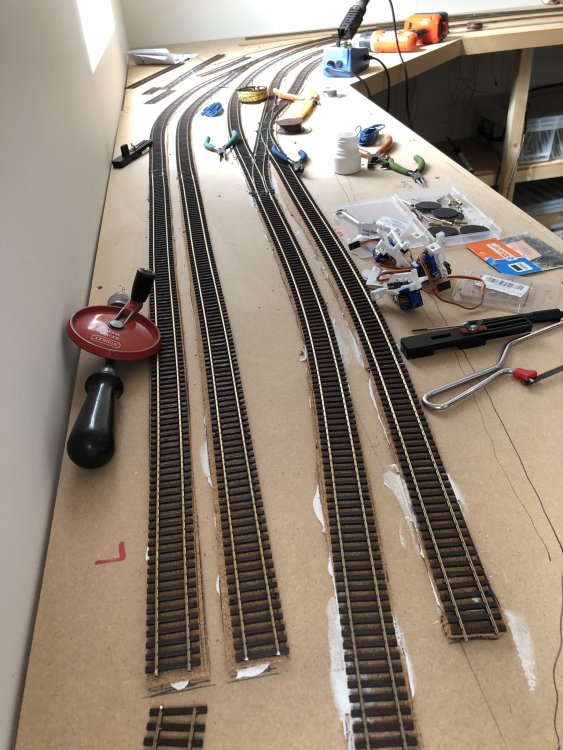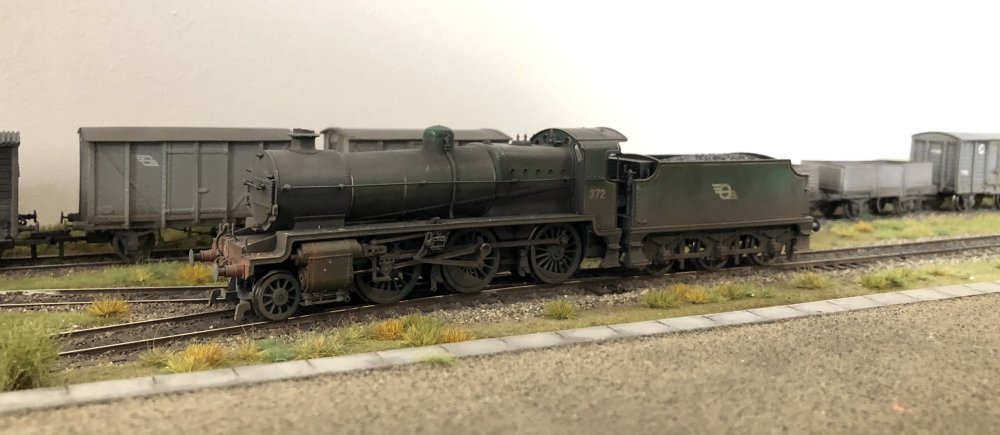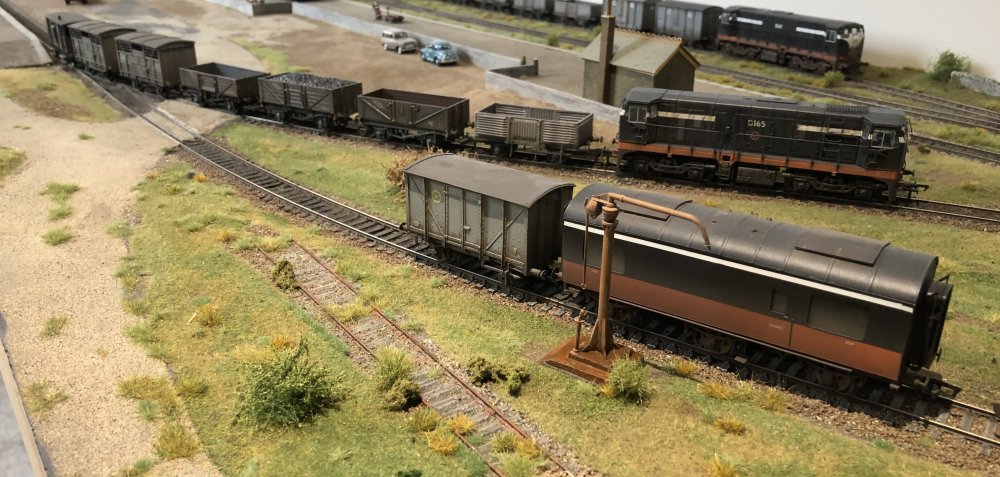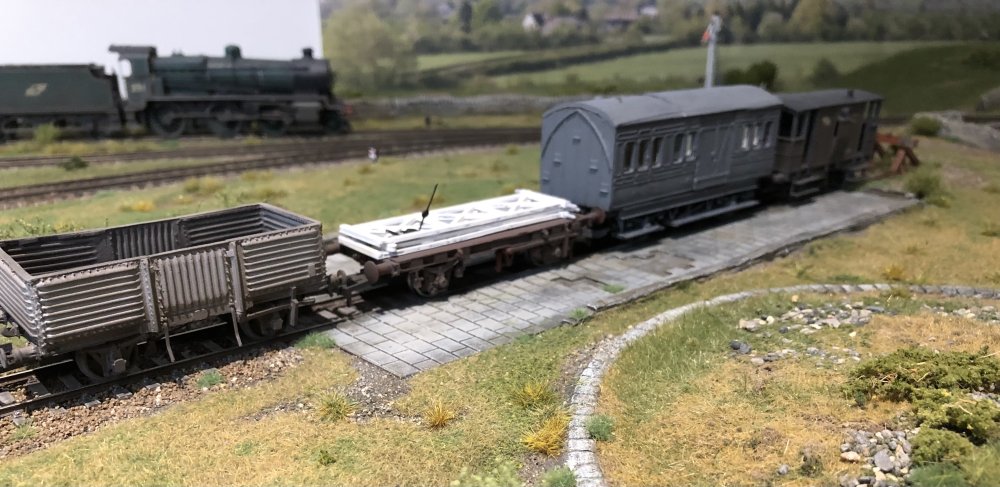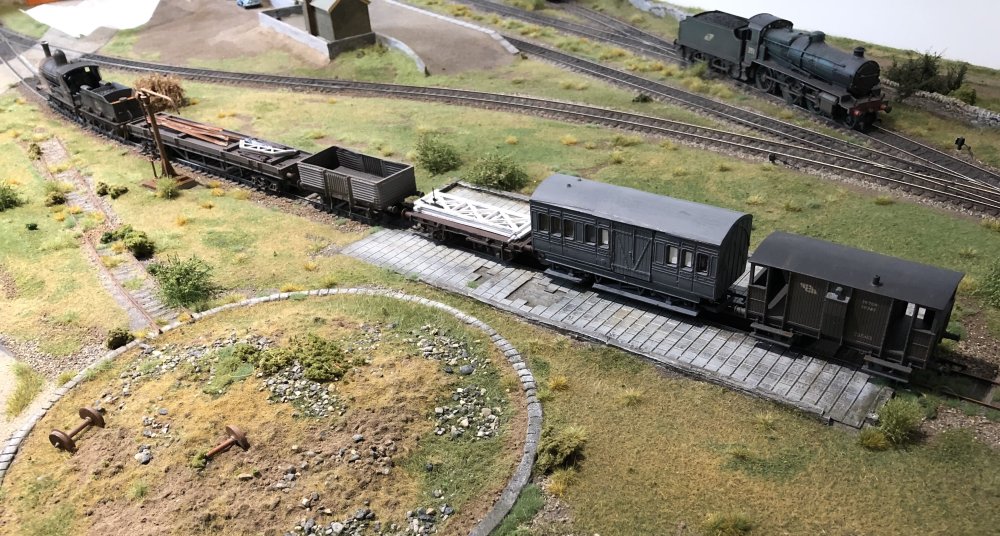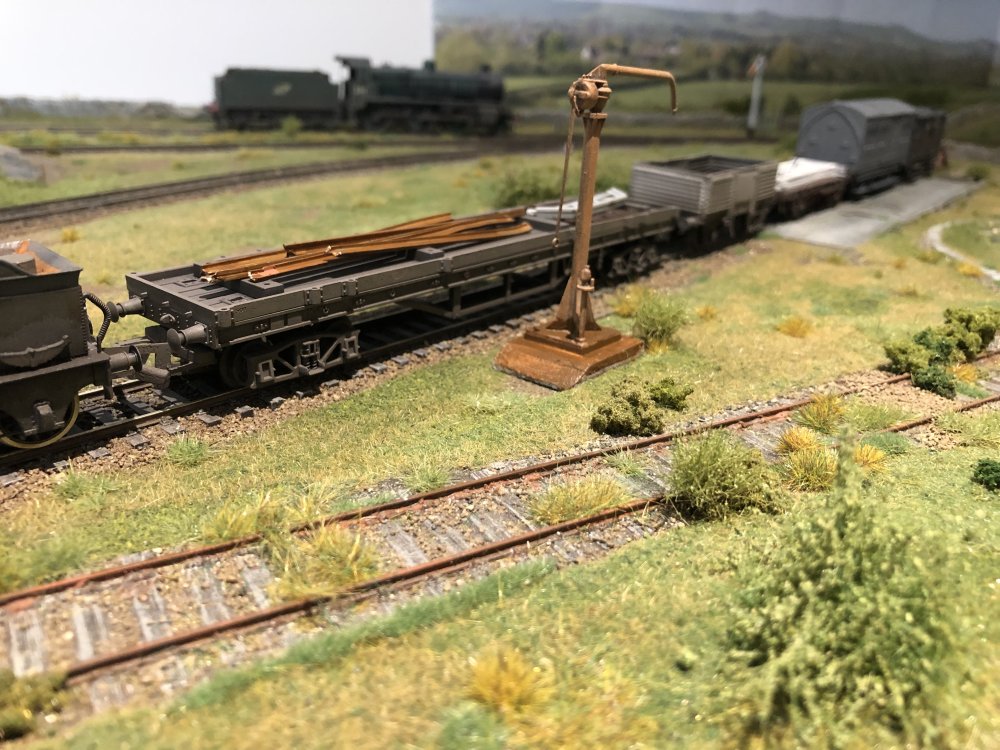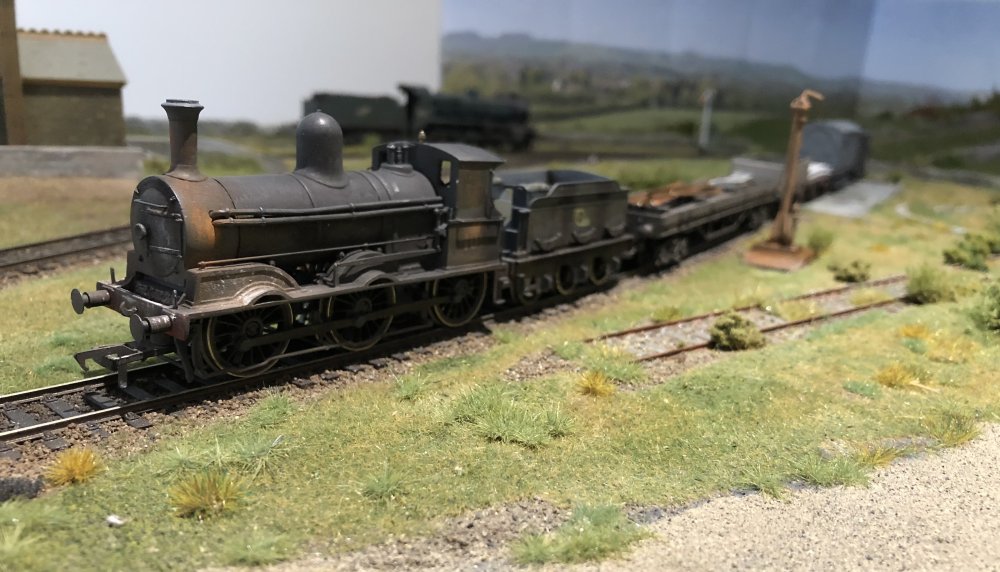-
Posts
15,915 -
Joined
-
Last visited
-
Days Won
394
Content Type
Profiles
Forums
Events
Gallery
Blogs
Community Map
Everything posted by jhb171achill
-
Canarian Container Anorak
jhb171achill replied to DJ Dangerous's topic in Photos & Videos of the Prototype
So THAT's what the Cawoods containers were for!!!!!!! -
Excellent. Tis a very different location today!
-
Canarian Container Anorak
jhb171achill replied to DJ Dangerous's topic in Photos & Videos of the Prototype
Is it not cruel to keep canaries in those tin boxes? (I'll get me coat........) -
Pity the NTA couldn't bring itself to prioritise some sort of action on Claremorris - Athenry, Foynes, and Dublin Airport - for rail, not lycra cyclists and privatised buses.........
-
Looks great, J-Mo. You ask about the red lining. After late 1945, CIE started painting these locos in the lined green livery, but some remained grey (the black livery was a decade ahead). The one which received the one-off (and short-lived) LINED green livery will have been either grey or lined green prior to that - I am not sure which in this particular case. Locos which were in unlined black were those that were repainted after approximately 1955. Regarding the "flying snail" - in a similar manner to SOME but not all A & C classes in the 1960s having the yellow patch on the ends, and some but not all locos in the days of the "tippex" livery having day-glo patches on the ends, some steam loco tenders had the "snail" on them, but some didn't. Perusal of photographs suggest that the majority did - but not all. And, as per your model, snails were always the pale green, as they were the same transfers put on buses. Never yellow; this is a consequence of the RPSI's incorrect painting of the tenders of 184 and 461 in the 1990s!
-
Part of the “back story” for Dugort Harbour is that it lost its passenger trains in 1967 (when the Mallow-Waterford line, the Croom branch and the Thurles-Clonmel branches closed), and closed completely with Loughrea, Ardee and the Burma Road and North Kerry in 1975. But I like the “re-engined” livery with carriages on an “A”, so it’s going to have to retain a passenger service into the seventies! So tonight, there’s a 1973 mixed dawdling along from Castletown down to the Harbour, at the now-obligatory 25 mph…. There’s a decent amount of goods today, due to Sweeney’s Harbour Hardware & Fishing Supplies stocking up. A grubby A and a grubby tin van top and tail the mixed train passenger coach, just like I remember seeing on the Ballina branch in the 70s with a quite filthy B150, I think it was…. This will look a whole lot better with short grass, gorse and weeds.
-
If the scenery is if the quality completed by Kevin McIntosh on the main Dugort Harbour board, or the layouts of the likes of our colleague Mr Holman, of this forum, it really brings it to life! I’m very much in a learning curve - that bit above is (of necessity) on a shelf about nine inches wide. I’m hoping that what will be added to the base of it (which is bog standard DAS clay made to look uneven), plus a decent backscene, will improve this view dramatically.
-
July 1958, and the 10:40 goods from Dugort Harbour drifts into Castletown West. Scenery formation in place; grass, weeds and gorse will be next, followed by fencing (or maybe stone walls), drains and ballast.
-
Image not visible
-
A very good cause. I would strongly encourage everyone who can to support this venture, which, I understand, if successful will lead to other events like it. I'm seeing what I can donate myself. From speaking with Jimmy McBride in Donegal, and others involved in other smaller organisations, I am awarea that the pandemic closures have put extreme pressure on some of our railway heritage organisations. We have few enough of them in a country our size; we often look across the water at Britain - but they've over sixty million people, and there are just under seven million on our island. Also, they have a proportionately greater interest in all things related to industrial heritage. Our geological circumstances are such that we never had huge open cast coal or iron ore mines, or even Welsh-style slate mines - such activity as we had was a mere cottage industry instead, so we don't have the same background in this sort of thing. So it's all the more incumbent on us to try to support things like this. And, open our wallets as generously as we possibly can on this occasion.
-
Evidently, their 3D printing equipment is far from up-to-date, and finishes can be crude. I have seen several that are acceptable enough, but others that are horror stories and certainly not worth a tenth of the high price charged. But each to their own....I was considering getting a couple of MGWR 6-wheelers from them, but they don't look great.
-
I think Shapeways also do a Bandon tank - though equally I think someone mentioned somewhere that it wasn’t a very good print?
-
Westport Quay and the Project 42 Inglenook
jhb171achill replied to Sean's topic in Irish Model Layouts
There were actually two rail-served premises at Westport Quay at one time - so you’ve an excuse for two separate types of traffic alongside the odd wagon of beet being loaded in December, and fish too. -
Very good cause!
-
Absolutely top class work as always! More please!
-
Lineside scenery formation also got a start yesterday using DAS clay. Earthen banks for fencing to be based in, or to simulate overgrown stone walls, in place, plus traces of overgrown old potato “lazy bed” ridges.
-
“Ye hear they’re talking about closing this line again! They’re saying it’s losing over three thousand pounds a year!” ”Sure they’ll never close THIS line as long as PJ’s brother is elected in Leinster House! Sure he got the harbour extended too….” ”They could have done with PJ’s brother over in Kenmare last year, sure they’re lifting that now….”
-
Thanks to a visit from my Electronically-Learned friend yesterday, considerable progress was made with points, sidings and wiring. In the top picture, the two vans are sitting in what will be the up and down passenger platforms. Goods loop to the left and loco yard in the distance. The yellow pliers is where the station building will be. This will either be a stone one of GSWR parentage, or a tin sheet one, like those found on the Valentia Harbour or Kenmare branches. Haven’t decided yet…. Bottom view is the approach to the station from the other (branch) end.
-
A rare visitor to Dugort tonight. As the 1950s fade away, the few remaining steam engines in the area can appear just about anywhere, usually when a Crossley has failed, or on the day before Castletown cattle & sheep fair.
-
It’s 1964 and B165 shunts the incoming goods, while another member of the class prepares to leave in the background with the up goods.
-
Summer 1962, and J15 No. 109 shunts the lifting train into the disused loco shed road at Dugort Harbour for the night. When the bogie flat with the winch comes down tomorrow, they’ll start on the last five miles of the Drumbane branch which closed in some years ago.
-
Outstanding!!! How did you do that cast-iron ornamental table top?
-
I think 9ft was standard throughout Ireland.
-
Possible replacement for the UK 08 shunter
jhb171achill replied to spudfan's topic in Letting off Steam
Using a bogie for a shunter is exactly what modellers might do!
.png.c363cdf5c3fb7955cd92a55eb6dbbae0.png)



